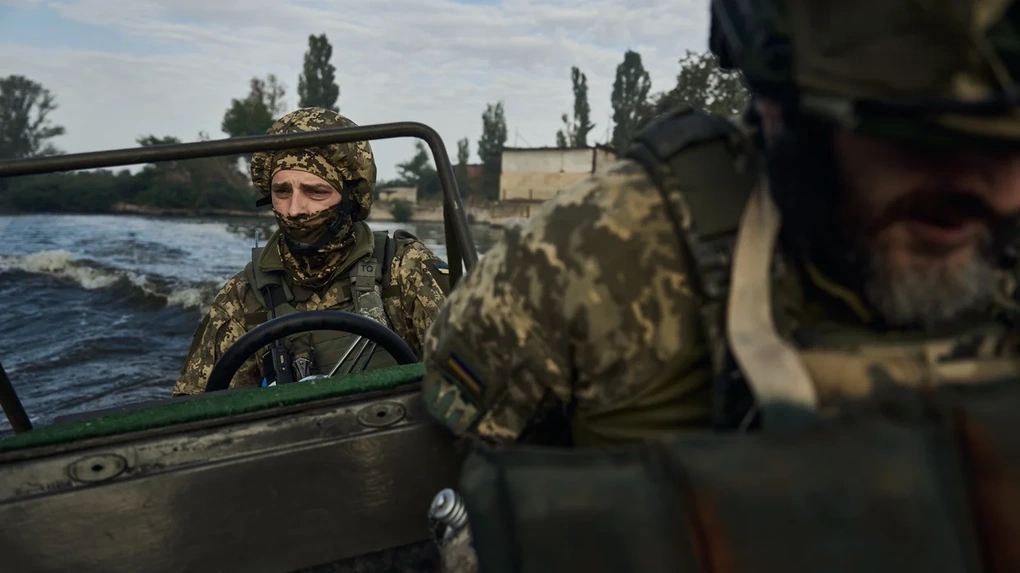
Ukrainian soldiers prepare to cross the Dnipro River (Photo: Social Network X).
The vast waters of the Dnipro River, with a few boats and soldiers. That's all that can be seen in the three photos that President Volodymyr Zelensky posted on the X platform last weekend. The Ukrainian president's comments were also somewhat confusing: "The left bank of the Kherson region. Our soldiers. I thank them for their strength and for moving forward."
Mr Zelensky may want to write more, but that could jeopardise the operational security of his armed forces. His troops recently crossed the Dnipro River at several points near Kherson in the south of the country. The river has marked the border between Ukrainian and Russian troops since Kiev regained control of the city of Kherson a year ago.
Ukrainian forces can now push into a 45km stretch of the left bank of the Dnipro River controlled by Russia. But the exact locations of the new Ukrainian positions remain a secret. Each of these positions can be converted into a bridgehead with pontoons, allowing tanks, artillery and other heavy equipment to be transported across the water.
President Zelensky is in dire need of success stories, and the southern offensive may be his last chance – before winter sets in – as part of a counter-offensive launched in June. He is under intense pressure both at home and abroad as international support for Kiev wanes, with even the United States repeatedly calling on Ukraine to negotiate with Russia.
Mr Zelensky is also under pressure at home amid reports that the Ukrainian leader is at odds with army chief Valerii Zaluzhni. The general has been considered a frontrunner in the presidential election, which could take place on March 31, 2024. But it is unclear whether the vote can be held due to martial law.
All that is known about the southern offensive so far is that Ukrainian naval units were operating near Krynky, which was reportedly completely destroyed after sustained Russian shelling.
“The village no longer exists today because the enemy is trying to destroy the bridgeheads we hold,” Serhiy Bratchuk, a spokesman for Ukraine’s Southern Territorial Defense Forces, told Ukrainian television this month.
Ukraine’s new advance poses a serious threat to Russia. If Ukraine expands its bridgeheads and launches an offensive, it will open up an additional front. And that could potentially change the course of the war: the Crimean peninsula, annexed by Russia in 2014, is just 70km from the eastern shore of Dnipro.
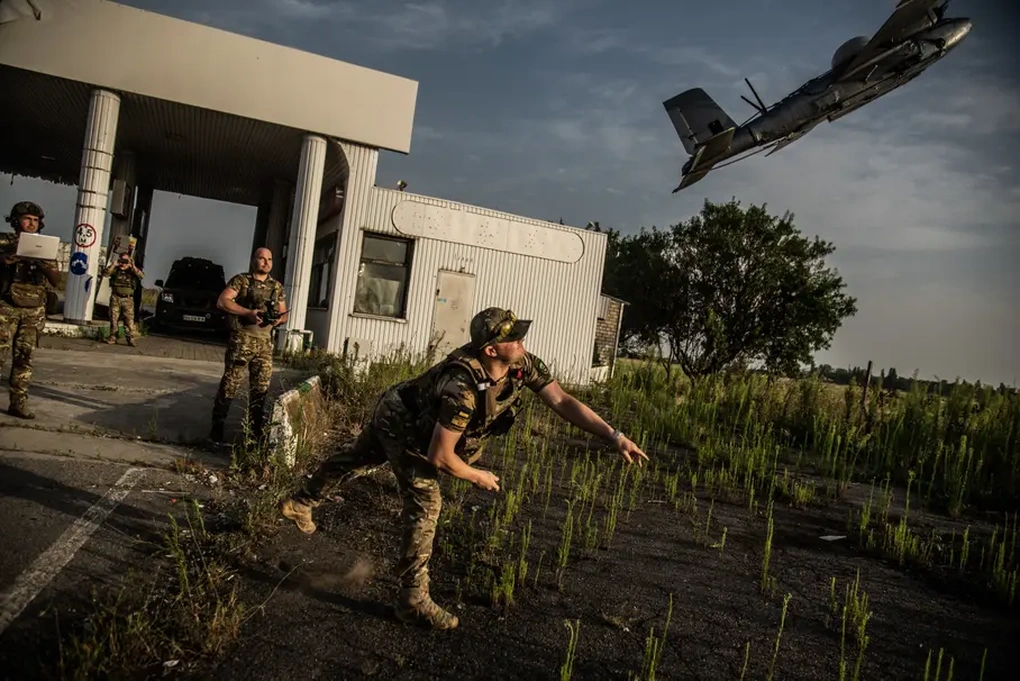
Members of a Ukrainian military brigade launch a UAV on a mission in the Kherson region, a few kilometers from the Russian front (Photo: ZUMA).
There are no Russian fortifications on the way there. If Ukraine were to achieve a breakthrough near Kherson, Russia would have to mobilize its reserves extensively, which would significantly weaken Moscow in other sectors of the front. “Despite all the difficulties, the Ukrainian defense forces have gained a foothold on the eastern bank of the Dnipro River,” Andrii Yermak, the head of the presidential administration, recently asserted. “Step by step, Crimea is being demilitarized. We have already gone 70 percent of the way. And our counteroffensive is progressing,” he added.
Kiev’s clear goal is to reach Crimea and cut off the peninsula’s connection to mainland Russia. If Kiev succeeds, it will be a major blow to Russia, especially since the Russian army has yet to capture other important Ukrainian territories.
The terrain near Krynky offers several advantages to the Ukrainian armed forces: there are many wooded areas there, and further south of the town is the Oleshky Sands national nature park.
The Ukrainian military likely chose the location of the attack with this in mind: The densely forested areas offer more cover than the vast plains of the Zaporizhzhya front, where the Ukrainian counteroffensive has been slow and laborious. Tanks and personnel carriers are easy targets for enemy drones and artillery in the open terrain.
According to the Ukrainian Marine Corps, their forces fought and killed more than 1,200 Russian soldiers and wounded more than 2,200 others in a series of operations to secure their positions on the eastern bank of the Dnipro River. In addition, 29 ammunition depots, 20 tanks, 40 armored fighting vehicles, 89 artillery systems, ships, command posts and other Russian vehicles were destroyed.
However, there is no source confirming this figure.
There is still much work to be done ahead.
Sooner or later, Ukraine will need a pontoon bridge across the Dnipro River, and ideally it should be out of range of Russian artillery.
This is the only way Ukraine can get the heavy equipment and supplies needed for an offensive to the eastern bank. Until now, everything, including armored vehicles, has been transported across the river by boat. In some cases, UAVs have also been used to deliver food and ammunition.
“If Ukraine wants to make further progress, some kind of bridge is needed. But building a bridge, even a temporary one, would be very difficult because it could be attacked,” explains Phillips O’Brien, a historian and professor of strategic studies at Scotland’s University of St Andrews. It is not impossible, he says, but it would be a major challenge.
A few weeks ago, the commander of the Zaluzhni army complained about the deadlock on the front and called for the application of new, more innovative strategies and techniques. In southern Ukraine, the commander-in-chief's proposal seems to have been accepted.
Videos of the UAVs show the so-called mothership dispatching multiple smaller UAVs to the deployment site. This allows the small UAVs to conserve battery power and carry larger warheads. They typically have a range of 5-8km. But when carried by the mothership, they can fly up to 30km and can operate deep inland.
These UAVs are also extremely important for reconnaissance. They provide GPS coordinates of Russian air defense and artillery systems, which can then be eliminated by Moscow with precision counterattacks. The long-range artillery of Russian units is the biggest threat to the bridge over the Dnipro River.
At the same time, Ukrainian forces have increasingly begun to conduct reconnaissance and sabotage operations behind enemy lines. “This is extremely difficult work and we have had casualties,” Bratchuk, a spokesman for the Southern Territorial Defense Forces, said on television.
Disrupting Russian supply lines is one of Ukraine's most important tasks on the eastern bank of Dnipro: another part of the campaign to prepare for the final battle to retake Crimea.
Source



![[Photo] "Beauties" participate in the parade rehearsal at Bien Hoa airport](https://vstatic.vietnam.vn/vietnam/resource/IMAGE/2025/4/11/155502af3384431e918de0e2e585d13a)
![[Photo] Looking back at the impressive moments of the Vietnamese rescue team in Myanmar](https://vstatic.vietnam.vn/vietnam/resource/IMAGE/2025/4/11/5623ca902a934e19b604c718265249d0)








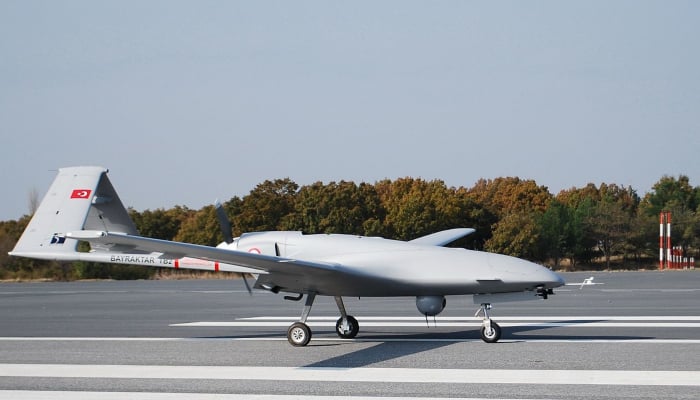

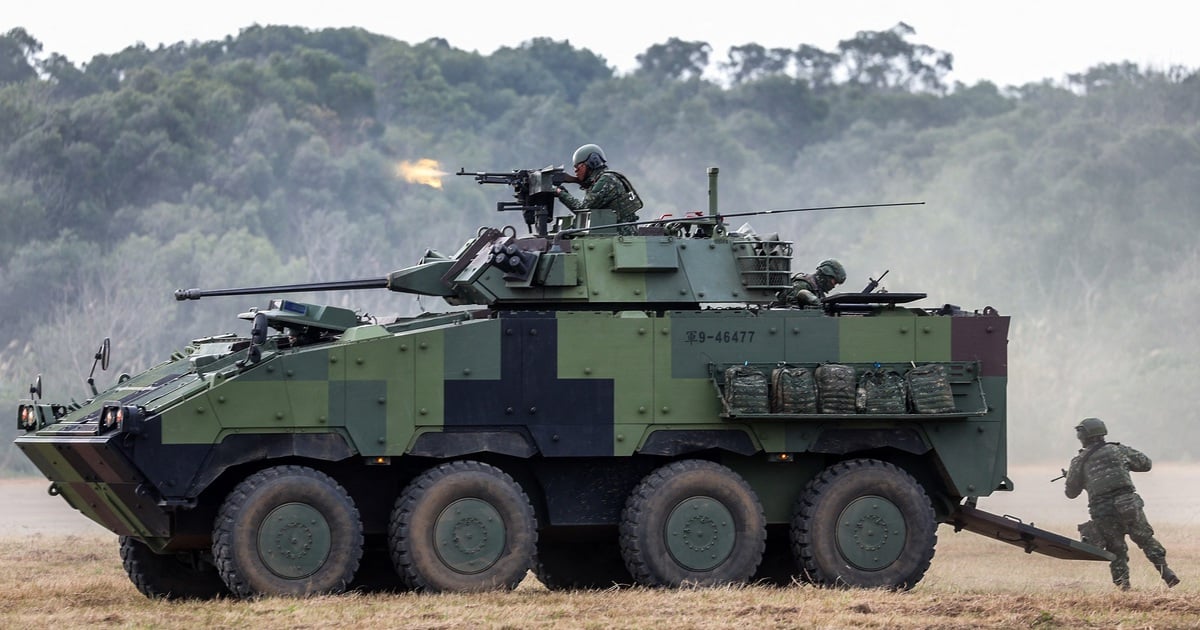
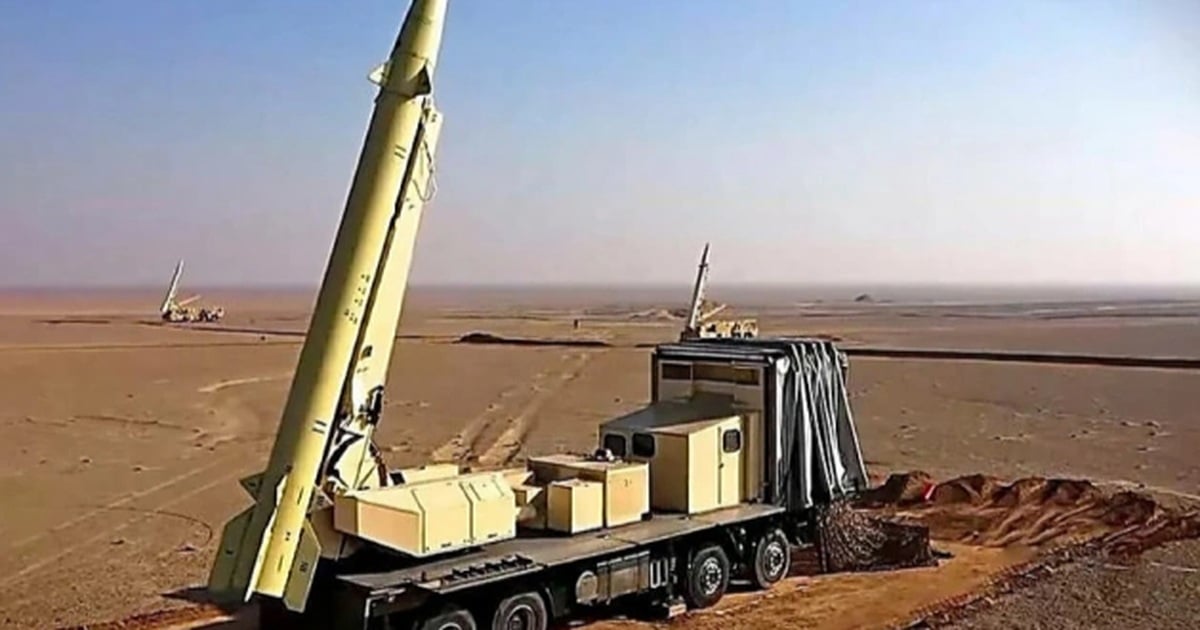


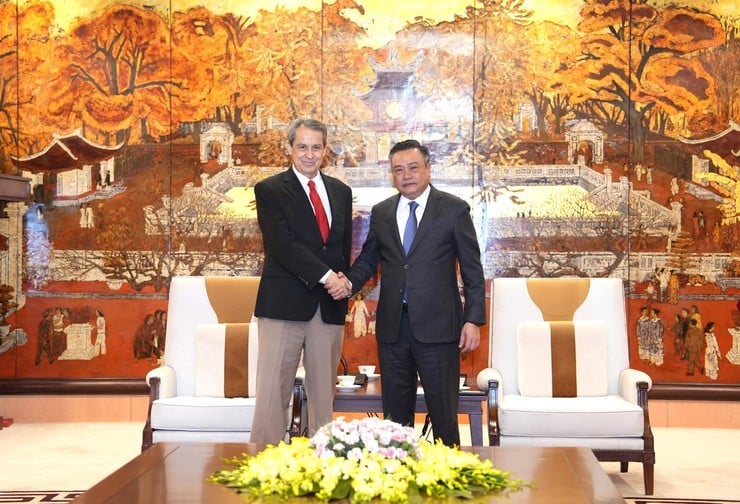










![[Photo] Summary of parade practice in preparation for the April 30th celebration](https://vstatic.vietnam.vn/vietnam/resource/IMAGE/2025/4/11/78cfee0f2cc045b387ff1a4362b5950f)
































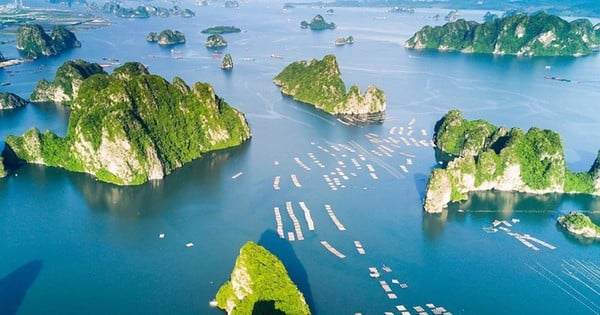







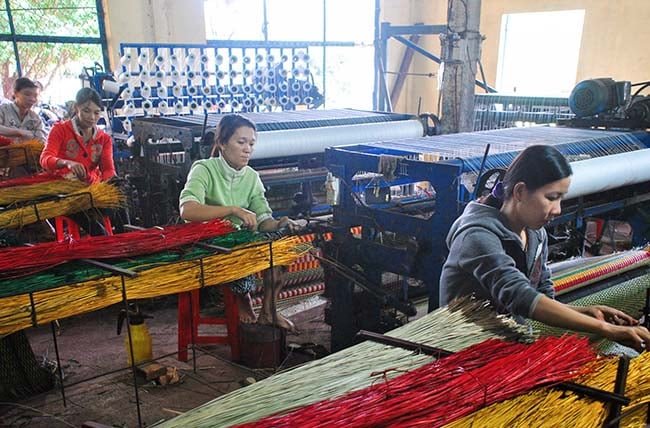

















Comment (0)